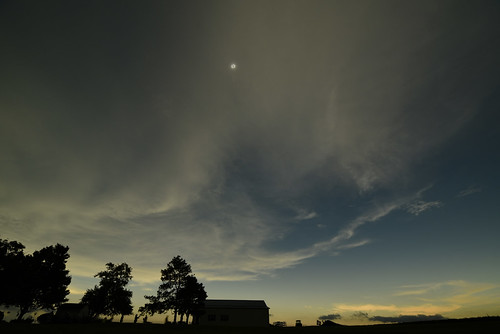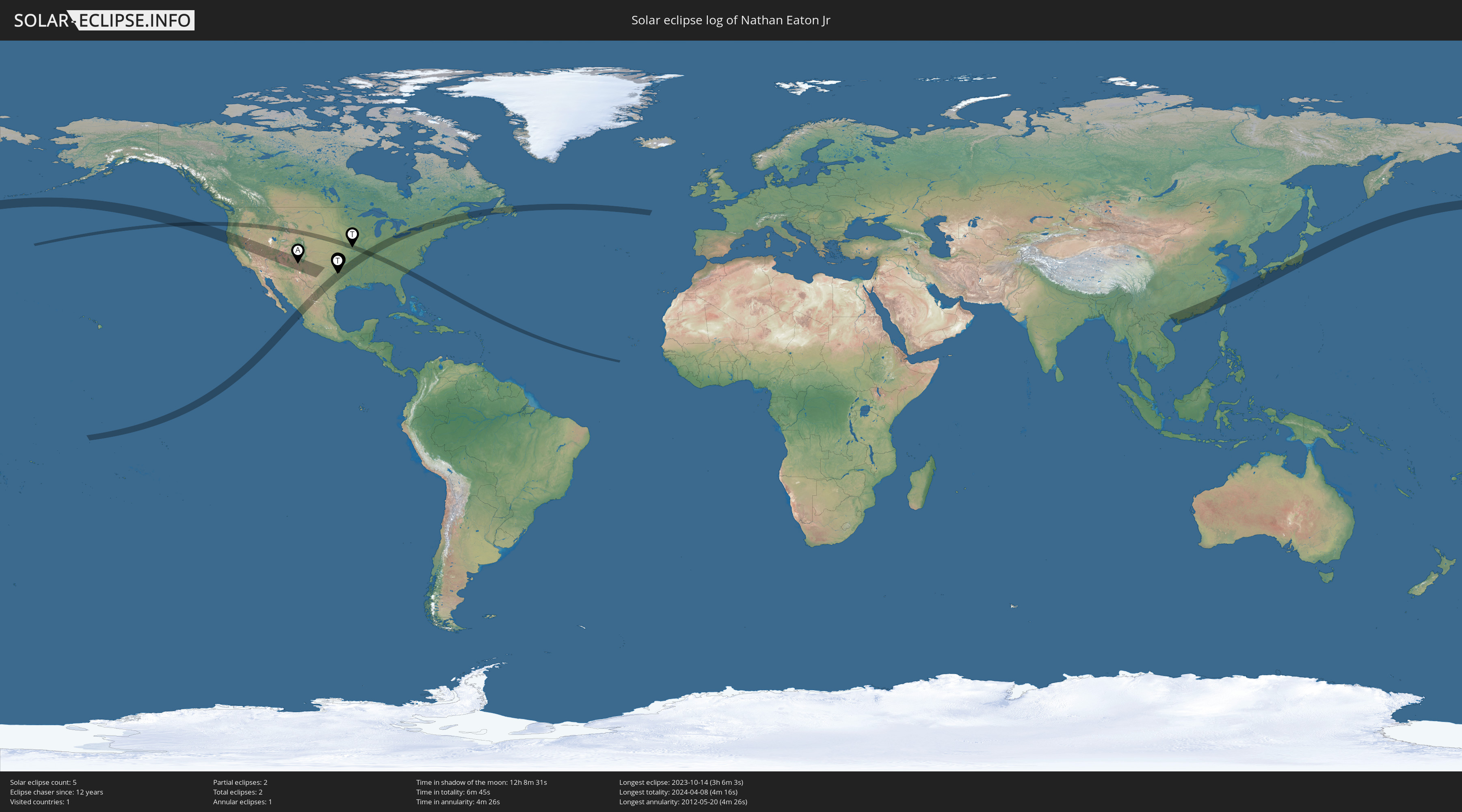On August 21st, 2017, I'll be staring up into the sky to experience the wonder of a total solar eclipse. Along with almost 20 million of the rest of you (based on
stats from GreatAmericanEclipse.com).
In my case, the goal is to experience the eclipse but also to capture it. But more on that in a later post. As it turns out, I know someone else who has plans to capture the eclipse and they are literally "out of this world"!
This Thursday, I leave for Marshall, Missouri, with Beau Hartweg. We will be part of a group camping on a farm south of Marshall from then through Tuesday, all in the name of science. Beau is pursuing a doctoral degree with a focus on science education and is also a planetarium educator. He is also one of the principles, along with Jake Vaught, of a project called Project Stratoclipse. Rather than describe the project myself, here's how Jake and Beau describe it on the project
Google Plus profile page:
Tagline
Elevating the "Great American Eclipse" to the stratosphere and beyond.
Introduction
Project Stratoclipse will send multiple HD video cameras on a weather balloon into the upper stratosphere to capture the Great American Total Solar Eclipse of Aug. 21st 2017. Launched from the eclipse path centerline in Marshall, Missouri, the launch vehicle will be timed to reach near-space altitudes as the eclipse passes overhead. The creators of Project Stratoclipse, Jake Vaught and Beau Hartweg, will provide the world with a truly unique look into a truly remarkable American event. Stay tuned!
If all goes according to plan, the video captured will be live-streamed over YouTube. Please go
subscribe now so that you get notified when video is posted! Plus, we need your help! There have to be at least 100 people subscribed for YouTube to allow the project to stream the eclipse live. We're up to about 77 so you'll be helping make it happen when you add your subscription!

































 The journey continues beyond 2009... check it out!
The journey continues beyond 2009... check it out!
